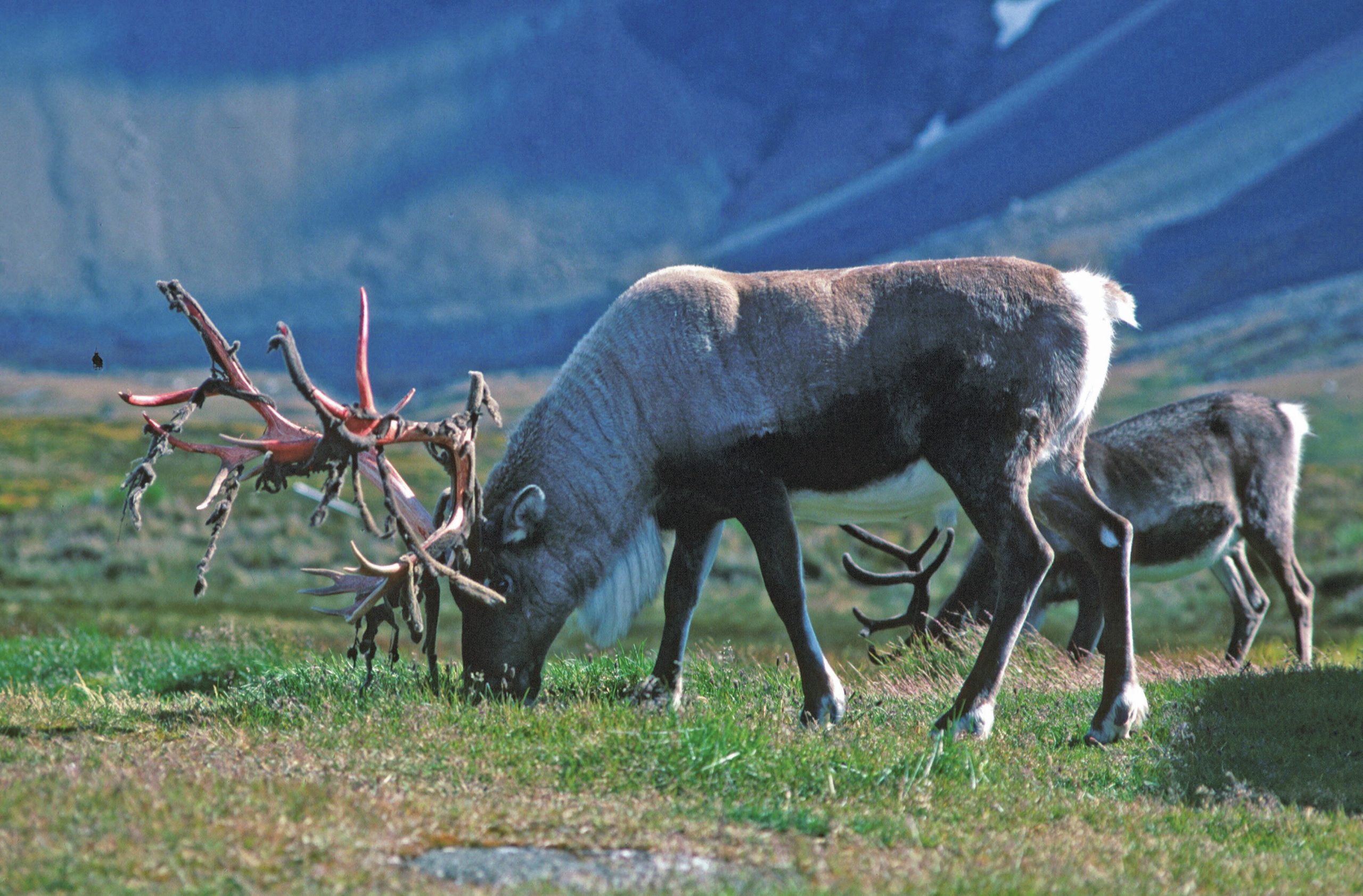
Reindeer are large mammals with a natural range spread around the North Pole, spanning North America, Europe and Asia (see Figure 1). In the Arctic, winter temperatures regularly drop below −40°C, but reindeer are well adapted to cope with this. Reindeer coats have two layers — a thick woolly undercoat provides insulation close to the skin, while a top layer of long, hollow hairs traps air. This layer of air retains the reindeers’ body heat, and also helps them to float when swimming across rivers. The coat is so insulating that reindeer can lie on the Arctic snow without melting it.
Adaptation
Your organisation does not have access to this article.
Sign up today to give your students the edge they need to achieve their best grades with subject expertise
Subscribe




